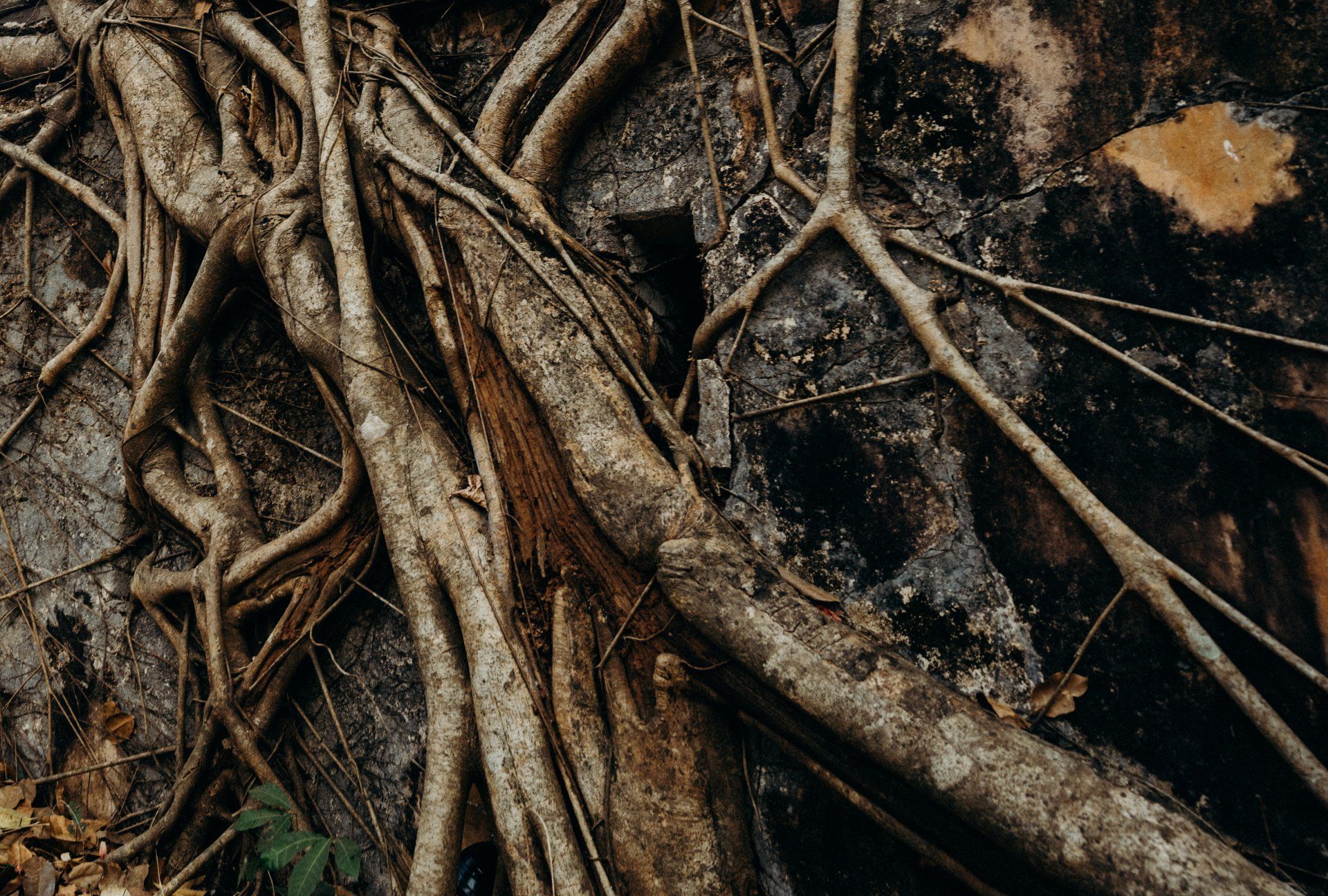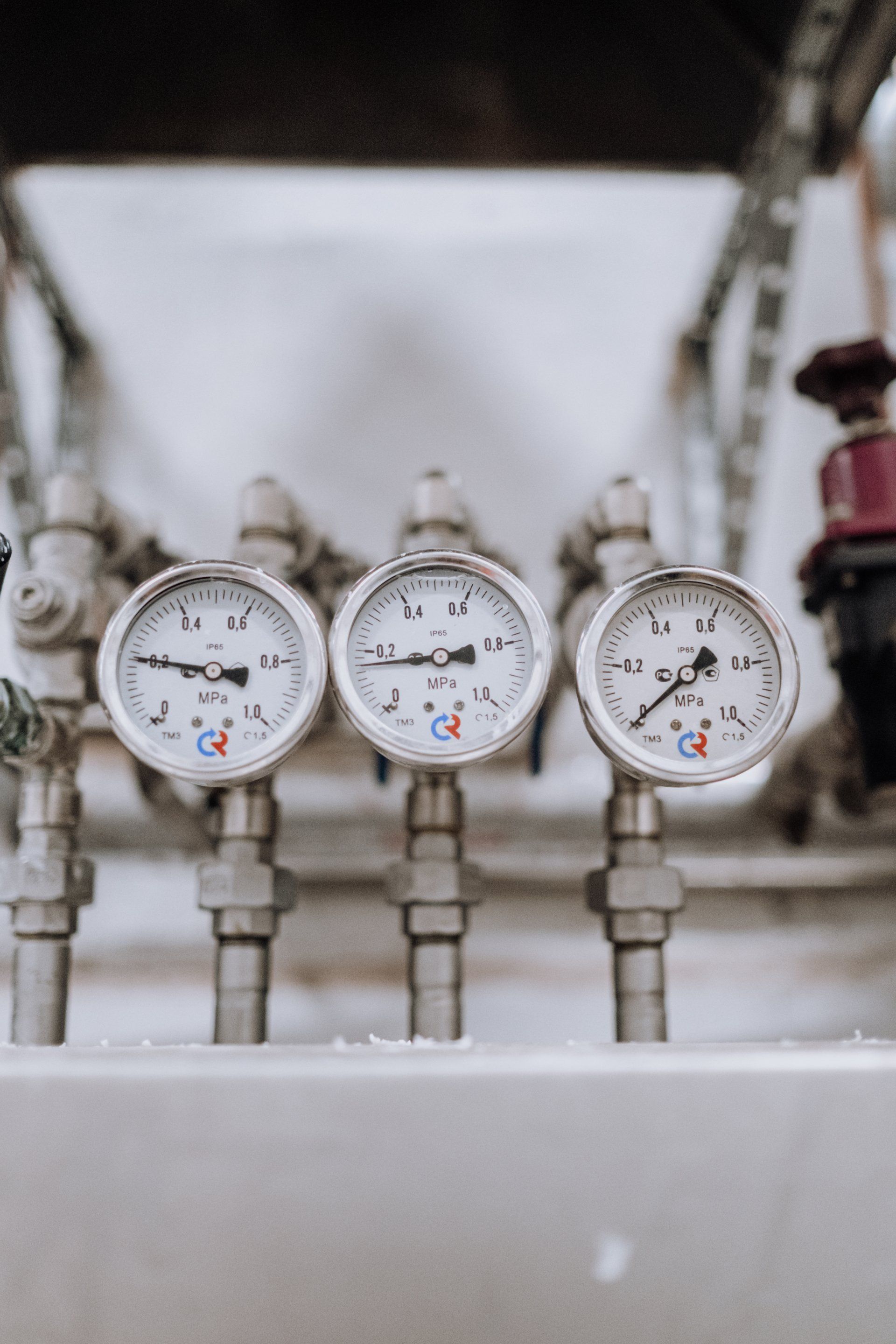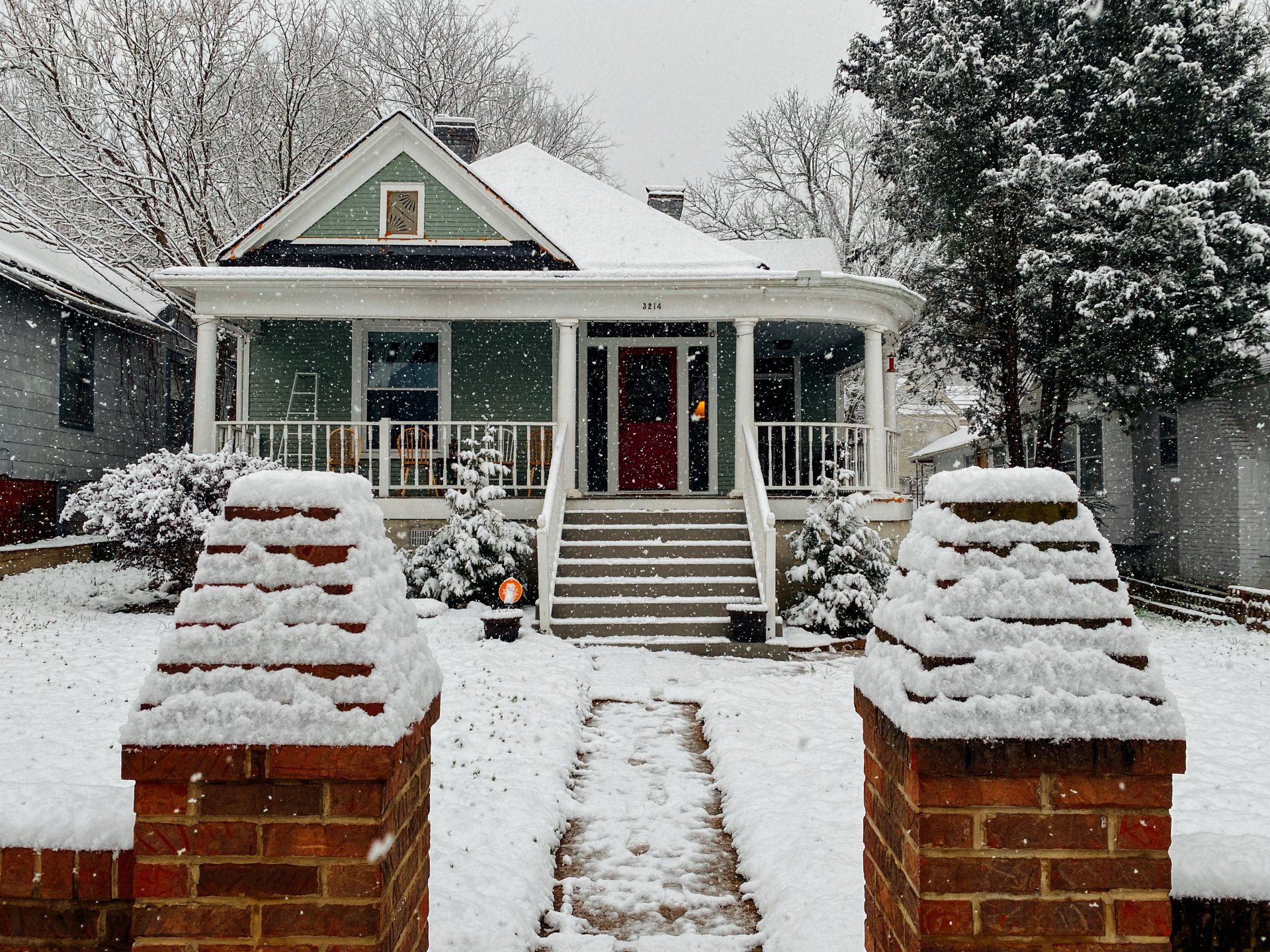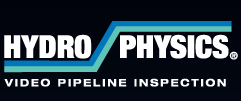COLORADO'S #1 SOURCE FOR UNBIASED PIPE INPSECTION !
We're up-front about what's down-under!
About Us in 60 seconds
Hydro-Physics is a family-owned and operated business serving Littleton, CO and surrounding areas since 1986. We are your leading source for residential and commercial pipe inspection, sewer line jet cleaning, municipal CCTV sewer line inspection, and chemical root control for residential, commercial and municipal sewer lines.
Hydro-Physics Pipe Inspection Corporation is a licensed and insured business with more than 30 years of experience. We are the only company in the area authorized to use VapoRooter technology to clean pipes and sewer lines. Our work is guaranteed!
Pipeline Inspection Made Easy
- Call for a Quote
Complete our online form to get a free estimate on our drain services. One of our representatives will set an appointment for service.
- Make an Appointment
You tell us what days and hours are ideal for you, and we work around your schedule to ensure we don't disrupt your business or cause you any inconvenience.
- Diagnose the Problem
We send our high resolution camera system through the pipe. As we push the camera through, we are viewing the condition of the pipe in real time to better analyze the problem.
- Treatment Plan
We determine the problem, so we can fix it quickly, efficiently, and correctly the first time around. Our qualified professionals know how to get the job done, so you can get back to what really matters!
- Guaranteed Results
No one else in the business can give you the same quality service for a more affordable price, we guarantee it!
Inspections
We offer:
- Sanitary Sewer Line Inspections
- Electrical Conduit Inspections
- Storm Drainage Pipe Inspection
- Heating Duct Inspections
Hydro Static Testing
Hydrotesting of pipes, pipelines, and vessels is done to expose defective materials. It also ensures any remaining defects are minor enough to allow operation at design pressures, expose possible leaks, and serve as a final validation of the constructed system's integrity.It also ensures that any remaining defects are minor enough to allow operation at design pressures, expose possible leaks, and serve as a final validation of the constructed system's integrity.
Chimney Inspections
We use cameras to check the flue for cracks or other flaws. We can look for damages after a chimney fire or any sudden accident that could damage the chimney.
Why Choose Hydro-Physics Pipeline Inspections?
Do I need a pipeline inspection?
Here are some tell-tale signs there are existing problems. If you spot one or more of these indicators, give us a call!
Replaced Clean-Out Plugs
Sewer lines usually have a "clean out" access normally situated vertically on the main sewer line in the basement, crawl-space, or occasionally outside. In residential construction (prior to the 1980's) a brass "plug" was used. If the original plug has been replaced with one of those pictured here, some sewer work (usually cleaning) has been needed in the past.
Service Stickers
The presence of these stickers on or near sewer pipes often indicates the sewer has given the owner problems at some point. In addition, they may also indicate that the property is on a "preventative maintenance" program for regular cleaning to prevent future back-ups.
Water Staining
Water stains around the floor drain in the basement are an obvious sign the sewer line is not draining properly. Because the floor drain is usually the lowest access point to the sewer, it provides some of the first symptoms of a sewer problem.
Structural Damage
Walls or floors cracking indicate movement of the foundation. Shifting foundations can be caused from excessive water in the soil which may be coming from a broken underground sewer line. Other tell-tale signs of a broken sewer are: sink-holes, foul odors, water stains on walls or floor, or concrete patches over drill holes from "mud jacking"
What Our Customers Think
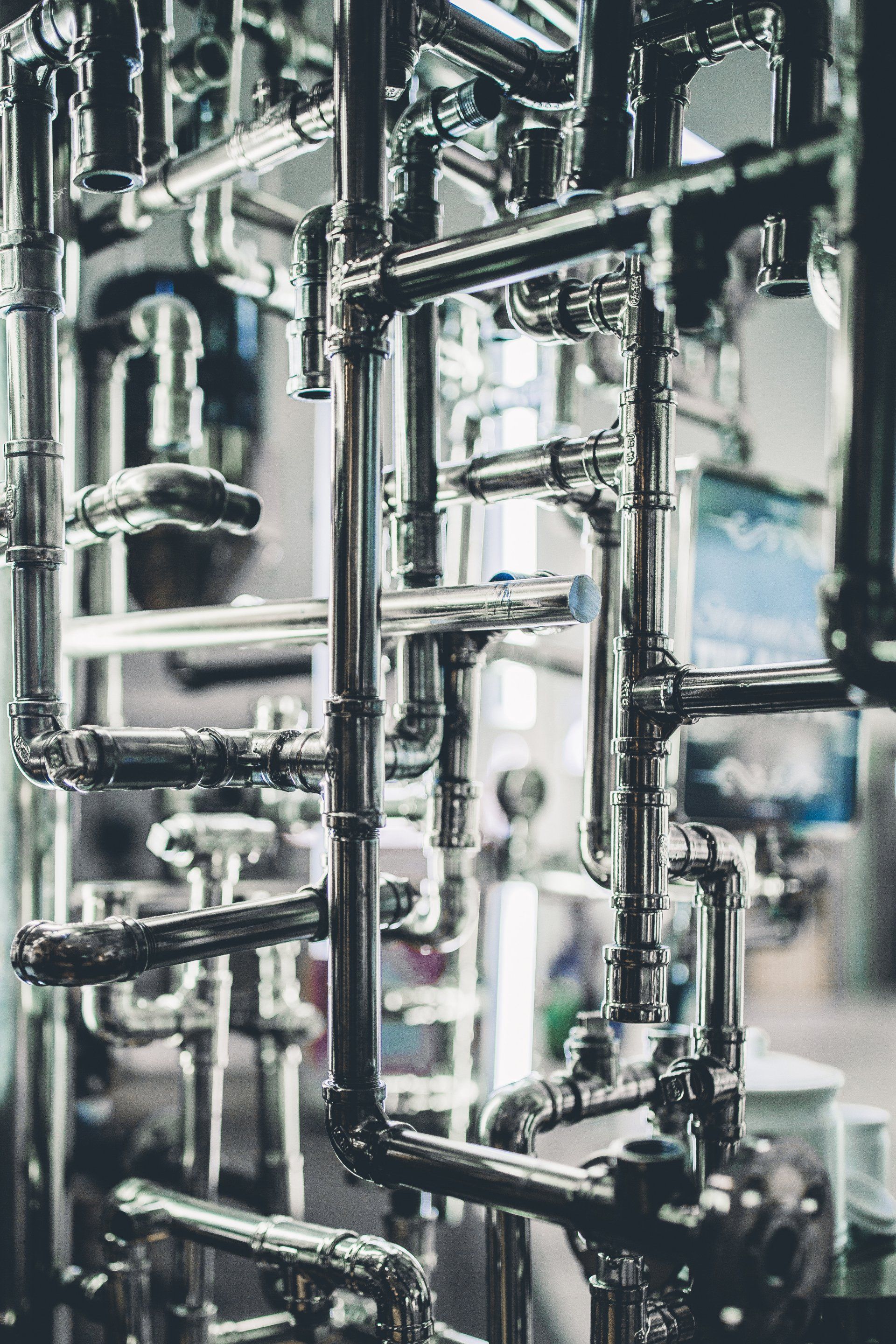
“Thank you so much for your great work. I was pleased and impressed with your prompt service, friendly attitude and work efficiency.”
– Hank Troy, Homeowner
Button
“Just a quick note of appreciation for your services. We’ve been quoted anywhere from $5,000-$15,000 to fix our “alleged” sewer problem. Your inspection revealed it was just a concentration of tree roots 81’ out. A $100 dollar problem verses $5,000 – $15,000. You can’t imagine our relief.”
– Greg & Lise Almon
Button
“Thank you so much for the incredible service. Not only did you save me $8,500 in unnecessary sewer line repairs, but you also saved the sale of my house.”
– C. Autson, Lakewood, CO
Button
“Hydro Physics® saved me $60,000 and what would have been 7 days of complete turmoil for our tenants… I highly recommend Hydro Physics® to all my friends in commercial real estate management and investment.”
– C. Maniatis, PJJB, LLC
Button
FAQs
- Why should I hire Hydro-Physics for pipeline inspections?
Our franchised company is committed to providing unbiased pipeline inspections. So... is being "unbiased" that important? Absolutely! Many companies use so-called "low cost" or even "FREE" pipeline inspections to get in your door. Don't be fooled - once there, they make huge money by selling repair and replacement work (including full sewer pipeline replacements), which 9 out of 10 times we have found are completely unnecessary.
At Hydro Physics Pipe Inspection Services, you will always receive a 100% Satisfaction Guarantee! We can't be any more fair than that! If we find a problem which requires excavation, you will be armed with the facts to get the best contractor for the job and at the best price! Our pipeline inspections are crucial when buying a new home or investment property. Don't wait, call us today!
- What is the best way to contact Hydro-Physics?
We can be contacted by phone, email, or you can leave us a message through our website! You can call us at 800-781-3164, email us at tj@hydroproducts.com, or you can leave us a message through our website by clicking on the “Contact Us” page.
When you reach out to us, you will be immediately connected to a professional plumber who will assist you with any questions or concerns. We can tell you more about our drain cleaning services, or we can schedule an appointment to fix your drain cleaning needs. We encourage you to come to us with even the smallest of questions.
- What are potential problems with a home built prior to 1990?
Underground pipes are installed in sections or segments ranging from 2' to 20' or more. When connected sections do not line up perfectly with one another, they are referred to as being "off-set."
Sewer lines built from the 1800's up to the mid 1980's were constructed using a large number of short sections, typically 2' to 4' in length, of VCT (vitreous clay tile) pipe. These sewer lines are particularly subject to off-sets due to their large number of joints. During construction, the joints were sealed with products such as concrete, coal tar, oakum, rubber gaskets, and on occasion, nothing at all. Over time, these sealants erode away, allowing the pipe to then settle down into the "hub" of a connected pipe creating a slight offset. In most clay pipe, off-sets will not exceed 1/4" unless the pipe is broken at the hub. However, this only applied to pipes running in a straight line.
Most sewer camera systems will have a very difficult (if not impossible) time passing over a 1/4" off-set. If a sewer line is being video inspected and the technician passes over what he is calling a "severe off-set" and suggests excavation work is needed…beware. We recently did a re-inspection after a well known drain cleaning company "documented" four 1" off-sets with an accompanying $14,800 repair estimate. We found these off-sets to actually be 1/8", well within the acceptable range, and that no repair work was needed.
- We suspect our mature trees are causing pipe problems, how can you help?
Tree roots are a very common problem for sewer lines constructed prior to the early 1980's. This is because these sewer lines were built using VCT (vitreous clay tile) pipe. Clay tile pipe is a ceramic product dating back to the Roman aqueducts, and is an ideal material for transporting water since it is inert. Clay tile pipe is also an ideal material for use in difficult environments since it is amazingly strong, having nearly a 3/4" thickness, and is virtually impervious to deterioration from normal use. We have documented hundred-year-old clay pipe, which looks like it were installed last month. However, it has a downside, namely…the joints. Clay tile pipe tends to leak water at the joints, making a wonderful water source for thirsty trees and shrubs.
With the advent of indoor plumbing in the late 1800's, clay tile pipe in 2-foot lengths was immediately adopted for use by plumbers to construct the new sewer lines. These 2-foot lengths continued to be used until about 1930 when they were replaced by 3-foot or 4-foot lengths. These longer lengths continued to be used into the early 1980's when PVC replaced them or SDR plastic pipe and superior joint sealing systems.
When originally installed, plumbers "sealed" the numerous joints in the clay tile sewer line with materials like concrete, coal tar, oakum, or rubber gaskets. Unfortunately, all these sealing materials deteriorate over time, allowing water to escape, beginning an underground "drip system" attracting tree roots. Once tree roots get between the joints, they continue to grow, spreading the joint. As the joint spreads, it leaks more water. If tree roots are allowed to grow large enough, they will eventually break the clay tile pipe. Inside the clay tile pipe joint, tree roots initially act as a filter, allowing water to pass through while straining out other products sent through the line. As soon as the roots have trapped enough material, all water flow is stopped, resulting in sewage backup.
If you have a tree root problem, you can have the line properly "snaked" out for around $125-175 dollars. Also, make sure the company you choose uses a 4" blade on the snake machine if possible. By using the same size blade as the inner diameter of the sewer line, you will get the maximum root removal for your money. Many drain companies also give a 90-day warranty on the cleaning work versus the industry standard of 30 days. If they don't offer you a 90-day guarantee without an additional charge, call somebody else. Finally, remember that many sewer and drain companies pay their employees commission, usually 25%-40% on all additional sewer line repair or replacement work sold. If they tell you the sewer line must be replaced for tree roots alone, we would highly recommend you get a second opinion.
All Rights Reserved | Hydro-Physics




